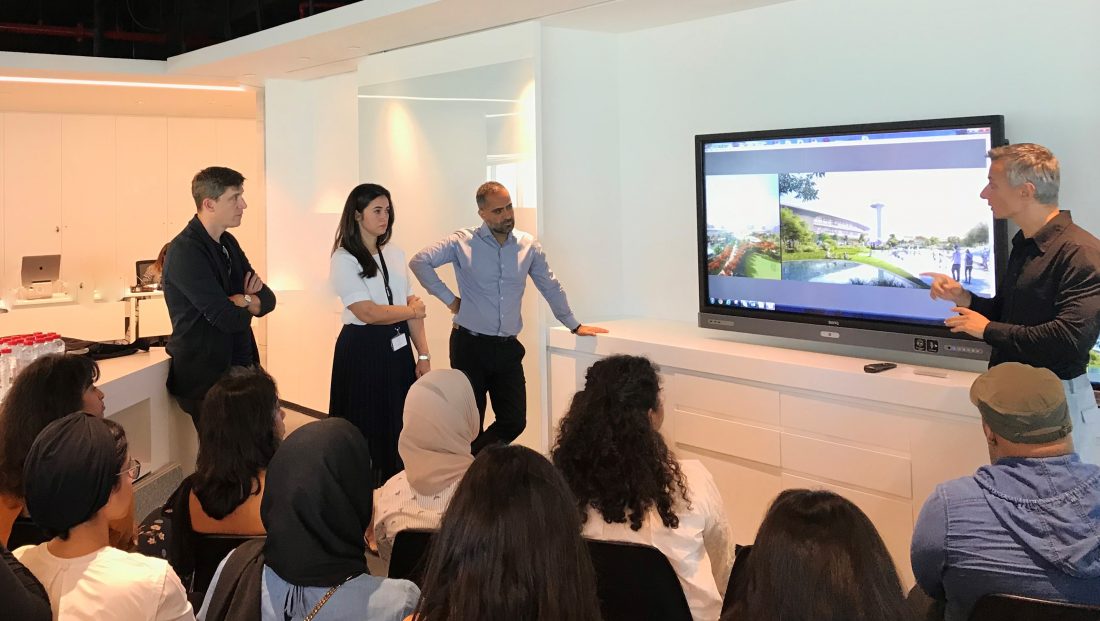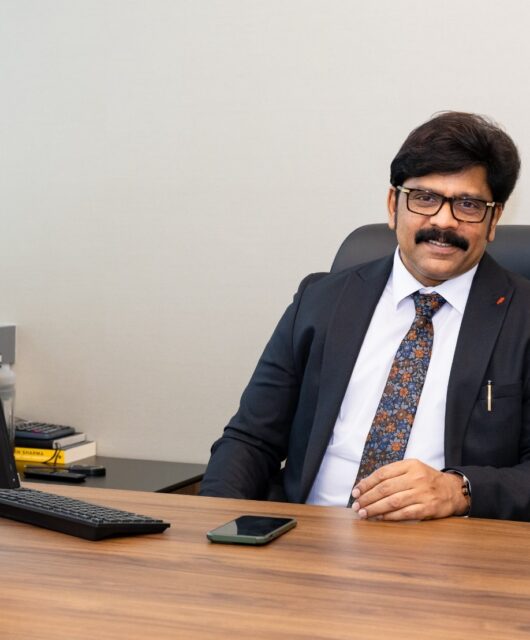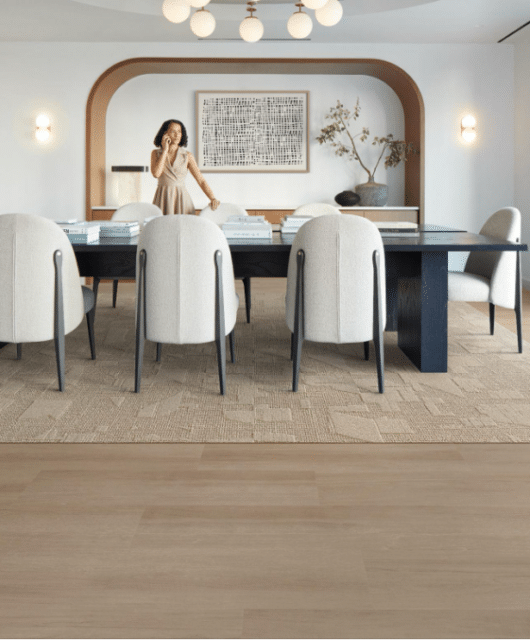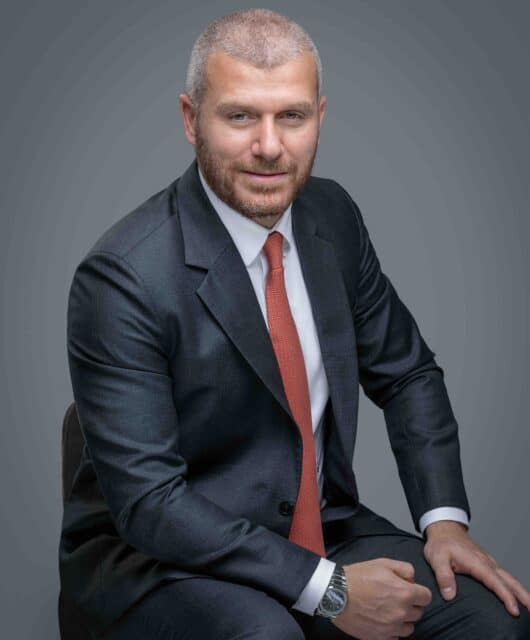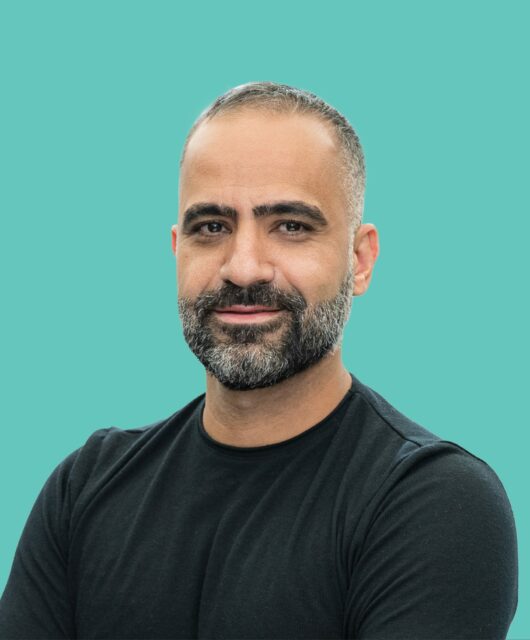Arada teams up with AUS students to build a pavilion in Aljada
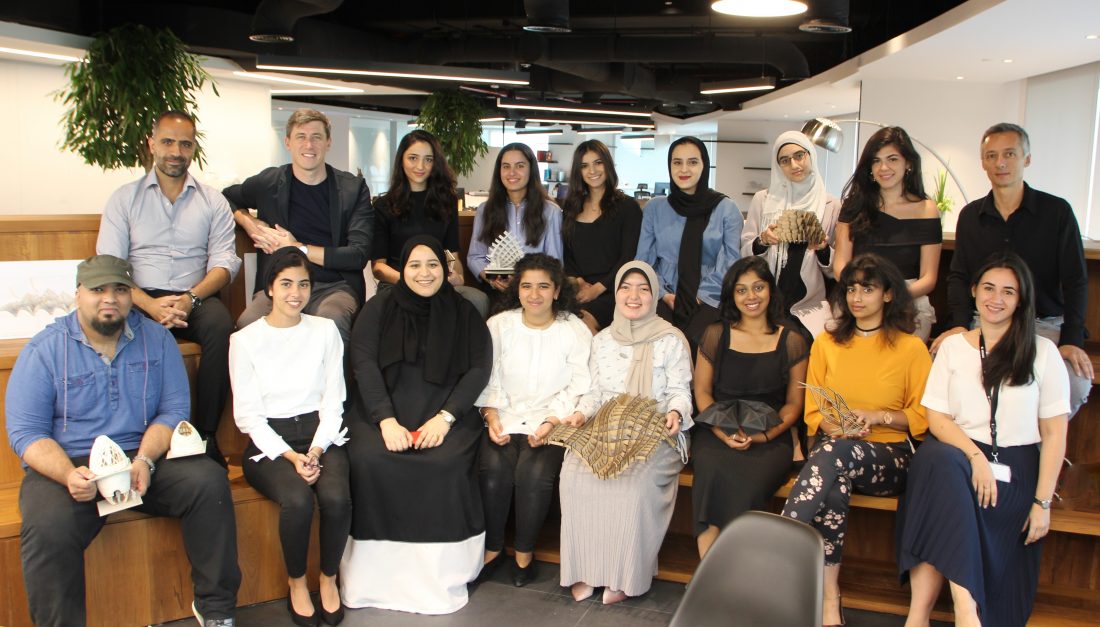 Arada and American University of Sharjah (AUS) have signed an agreement that will involve students of architecture from one of the Gulf’s leading educational institutions to design a pavilion in Aljada.
Arada and American University of Sharjah (AUS) have signed an agreement that will involve students of architecture from one of the Gulf’s leading educational institutions to design a pavilion in Aljada.
The partnership will see AUS undergraduate architecture students and faculty design the Aljada Pavilion, a structure located in the focal point of Aljada, the Central Hub, the masterplan for which is being designed by Zaha Hadid Architects.
The Aljada Pavilion, which is scheduled to open in September 2019 following the year-long course at AUS’ College of Architecture, Art and Design (CAAD), will constitute a space for the public to gather in and around and will be architecturally innovative in its design. It will form part of the first phase of the 1.9mnsqft Central Hub, a new leisure and entertainment destination for the UAE. The distinctive design of the futuristic complex conceptualises the first moment a water droplet strikes the earth’s surface, captured in an array of elliptical buildings.
The Arada partnership will provide AUS architecture students with a unique opportunity to engage in a design project from concept to completion. It will also offer students an invaluable learning experience into various areas of architectural practice, including design development, coordination with consultants, project management and contract administration during the construction process.
Melissa Bayik, head of brand, Arada, introduced the company’s approach to development, and its commitment to architectural excellence, while Damiano Rizzini, associate, Zaha Hadid Architects, explained the concept development and architectural processes behind Aljada’s Central Hub.
Professor Carlow introduced the theme for the project: “We focussed on studying and transforming performative aspects of the vernacular architecture of the Middle East. We then considered how these aspects could be interpreted as digitally designed and materially provocative constructions.”
Elie Mrad, head of architecture and design, Arada, assisted Rizzini and Professor Carlow with reviewing student progress so far and provided the AUS undergraduates with constructive critique and new ideas.

